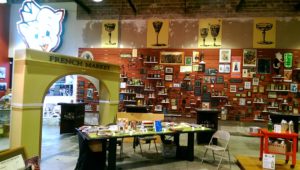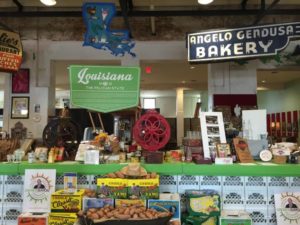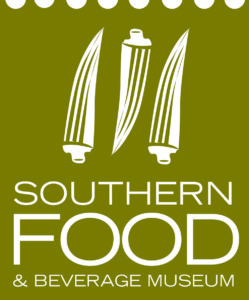 During my first days at SoFAB, I felt a little bit lost. I knew I needed to talk to people, but I just didn’t know any Jewish food scholars at the time. So, I turned to the National Council of Jewish Women. I sent a few emails, but they didn’t garner much response. I didn’t think too much of it—these women were busy.
During my first days at SoFAB, I felt a little bit lost. I knew I needed to talk to people, but I just didn’t know any Jewish food scholars at the time. So, I turned to the National Council of Jewish Women. I sent a few emails, but they didn’t garner much response. I didn’t think too much of it—these women were busy.
But a few days ago, I received a random phone call from a private number. Much to my surprise, it was the president of the Greater New Orleans chapter. Before I had a chance to talk about my project, we were playing a dazzling round of Jewish geography. She asked if I knew anyone involved in the council, and I briefly mentioned that my aunt was an active member. Miss Gail almost couldn’t contain her excitement: “What’s her name?!” When I told her that my aunt was Nicole Stone, she nearly shrieked. “I was in your aunt’s wedding! Are you René or Lavalle’s daughter?”
I couldn’t help but laugh. After a few minutes of gossip, she invited me to lunch. And now the story really comes full circle. Here I am, trying to figure out how Jewish food traditions mix with Southern culture, and the answer has been right in front of me the entire time. So, in a few days, I’ll go meet Miss Gail at a nice New Orleans restaurant and we’ll talk about what it means to be Jewish and Southern. But most importantly, we’ll eat.
So, during this last week of my internship, I’m just wrapping things up. Tomorrow I’ll hand over a flash drive loaded with exhibit plans, article summaries, and artifact captions, and my job will be done. But in reality, this project will never end. Every time I look through my grandmother’s recipe book or make my father’s gumbo or eat my weight in charoset, I’m adding to the history of Southern Jewish foodways. It’s powerful stuff, and I’m proud to be a part of it.


